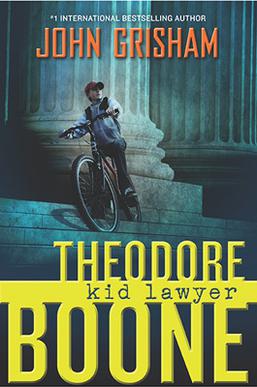 I made my rounds of local bookstores on Friday. I typically like to have a good feel for books that are out and available, which means visiting every few weeks. When I visited the UBookstore by the University of Washington, I came across the sequel to The Strange Case of Origami Yoda. I loved Origami Yoda, but wasn't all that crazy about Angleberger's second book Horton Halfpott.
I made my rounds of local bookstores on Friday. I typically like to have a good feel for books that are out and available, which means visiting every few weeks. When I visited the UBookstore by the University of Washington, I came across the sequel to The Strange Case of Origami Yoda. I loved Origami Yoda, but wasn't all that crazy about Angleberger's second book Horton Halfpott.
The back story is as follows... a geeky 6th grader named Dwight has made an Origami Yoda that he puts on his finger. He offered advice to kids who thought he was crazy, but often followed the advice (sort of like "I'm not really sure what to do, so I might as well follow yoda"). Yoda often turned them in the right direction... or was it Dwight?
The entire first story is mini-stories, vignettes, from kids that used origami yoda successfully. Along the way, a kid named Harvey is the villain to Dwight's hero. He cast the shadow of doubt about yoda being true, instead offering up the suggestions that Dwight is just talking crazy, or that the advice is ambiguous (for Star Wars fans, isn't Yoda always ambiguous!?!). In the end we don't find out whether Dwight is yoda or not, leading us into Darth Paper Strikes Back.
Harvey loves Star Wars too, making his own origami... Darth Paper. In the first story everything goes right... in this one, without the guidance of origami yoda (since he might to be kicked out of school for details I won't reveal), Darth Paper brings about the ways of the dark side. What can go wrong does go wrong. The story is about trying to make sure Dwight doesn't get kicked out of school. It is well done, just as the first one was, and a tremendously fast read. Well done.
Rating: 4.5 out of 5. Only gripe is that it is dangerously close to the first story, following the same story pattern. I'd like to see a bit more variation, but still really enjoyed it.








 Bird in a Box
Bird in a Box
